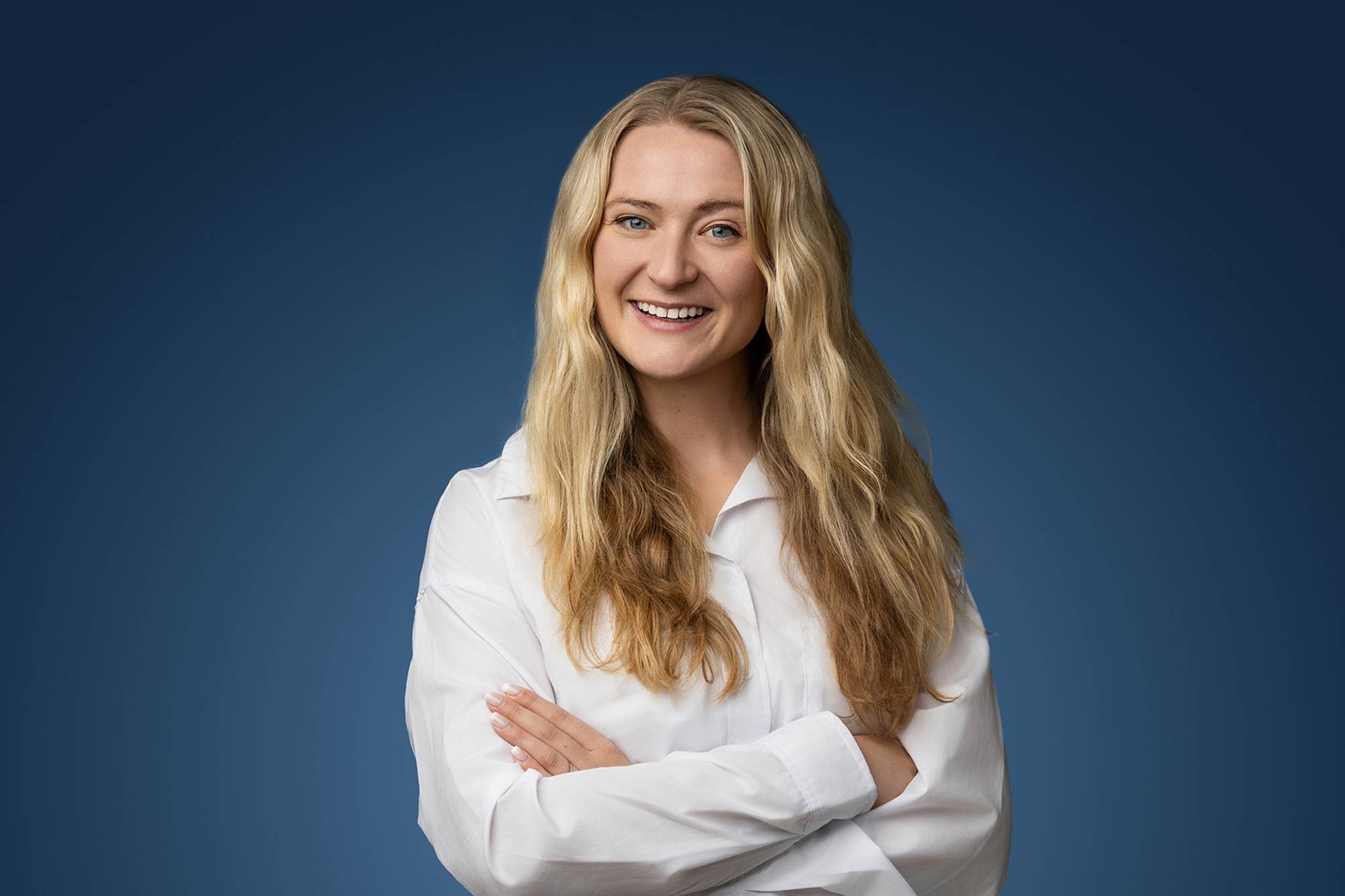The Psychology Of Effective Headshots
Headshots are more than just professional portraits; they are a pivotal tool in shaping how individuals are perceived by potential clients, employers, and colleagues. In business, where transactions are about products or services and personal connections, an effective headshot can be the difference between a missed opportunity and a successful partnership.
This article delves into the psychological nuances that transform a simple photograph into a compelling representation of one’s professional persona. We will explore the subtle yet powerful elements that contribute to making a headshot truly effective, from the impact of first impressions to the intricate dance of facial expressions and from the strategic use of color to the silent language of body posture. Whether you’re a seasoned executive, an aspiring entrepreneur, or a professional at any stage of your career, understanding the psychology behind effective headshots can give you an edge in today’s visually-driven marketplace.
What role does psychology play in creating successful headshots?
Psychology significantly impacts the perception of who you are in your headshots. Psychological principles, like facial recognition or emotional connection, may influence people’s responses to a headshot, ultimately impacting its effectiveness.
Understanding the Power of First Impressions
In the professional sphere, the impact of an initial encounter is both immediate and enduring. Insights from social psychology reveal that a person’s face can spark a judgment in mere moments. This swift appraisal, anchored in visual perception, profoundly shapes future opinions of an individual’s capability, integrity, and amiability.
Business headshots are a critical asset in leveraging the dynamics of first impressions. In today’s digital landscape, where LinkedIn profiles and company websites are the norm, a headshot often serves as the inaugural engagement point. It is a visual introduction, setting the stage for potential interactions and career advancements. A photograph that encapsulates a blend of professionalism and accessibility can significantly influence the trajectory of professional relationships.
Cognitive biases also come into play when evaluating images. For instance, the ‘halo effect’ can amplify our overall perception of someone based on one favorable trait, such as a warm smile in a headshot. Conversely, a single negative aspect can skew our judgment negatively. This underscores the necessity for a meticulously curated headshot that prompts a favorable reaction.
Given that our visual faculties are wired to prioritize facial cues, the information conveyed through a person’s visage is paramount in forming first impressions. Photographers, therefore, must deftly navigate elements like lighting, perspective, and framing to accentuate the subject’s best attributes and effectively communicate their professional story. It transcends mere aesthetics; it’s about projecting an image of genuineness, assurance, and dependability.
Ultimately, an impactful business headshot is more than a vanity project—it’s a strategic investment in one’s professional persona. Professionals can ensure their headshot champions their career aspirations by tapping into the psychology underpinning first impressions.
Mastering Facial Expressions in Headshots
The expressions etched on our faces in business portraits are pivotal in conveying our individuality and professional identity. Building on the significance of first impressions and nuanced signals, it’s essential to explore the role of facial expressions in enhancing the effectiveness of a headshot.
A compelling business portrait strikes a delicate equilibrium between confidence and approachability, fostering a sense of trust and openness with potential clients and partners. The visage should radiate self-assuredness without appearing domineering and exhibit friendliness without compromising professional stature.
Balance of Confidence and Approachability

A subtle smile can imply openness, while a more composed expression might suggest a level of seriousness that aligns with specific professional environments or roles. An authentic smile, which involves the eye muscles and is often referred to as a Duchenne smile, exudes sincerity and warmth.
Yet, it’s equally critical to consider the expectations tied to one’s cultural and industry context. For example, individuals in creative fields may find that a more relaxed and engaging expression suits their brand. In contrast, those in law or finance may prefer a more subdued expression to reflect professionalism and decorum.
Microexpressions and Authenticity
Microexpressions, those brief, involuntary facial movements that reveal our true feelings, can make a portrait resonate with authenticity. Capturing a headshot during a moment of genuine emotion can make the image more captivating and honest. A seasoned photographer can create a comfortable atmosphere that encourages the emergence of these spontaneous expressions, thus ensuring the portrayal of genuine sincerity.
The eyes play a pivotal role, as they should exude sharpness and attentiveness, presenting an image of someone fully engaged and perceptive. A hint of a squint can lend an air of intensity to one’s gaze, suggesting determination and dedication.
Avoiding contrived or exaggerated expressions is crucial, as they can emit a sense of inauthenticity. The aim is to maintain a relaxed demeanor, which allows for the natural unfolding of expressions. This often requires patience and a strong rapport between the subject and the photographer.
In essence, mastering the subtleties of facial expressions hinges on discerning the fine distinctions between emotional states and aligning them with the professional image one seeks to project. With expert guidance, a headshot can become a polished representation of authenticity and professionalism.
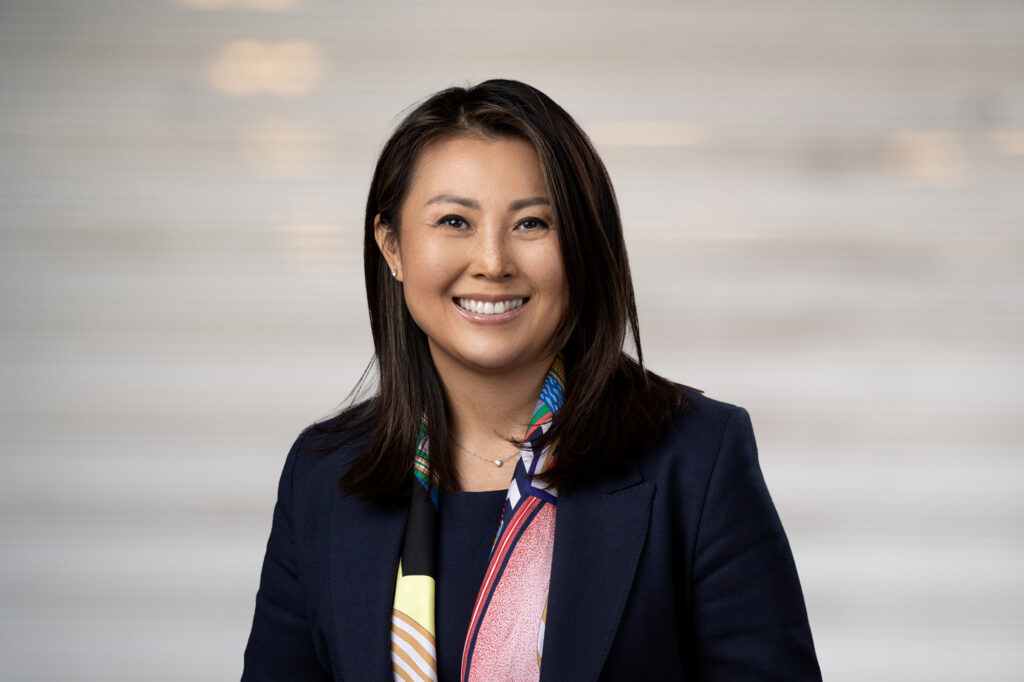
Balance of Confidence and Approachability
The art of a compelling headshot lies in the delicate dance between confidence and warmth. Imagine a headshot as a non-verbal introduction, extending a visual invitation to engage in a professional dialogue. It’s crucial to strike a harmonious balance, as previously touched upon when exploring the nuances of facial expressions.
A confident headshot often features a direct, steady gaze, either meeting the camera’s eye or thoughtfully drifting off-center. This conveys decisiveness and a clear vision. Complementing this are subtle cues such as a poised jawline, smooth forehead, and a calm mouth, which collectively radiate self-assurance without crossing into aloofness.
Conversely, approachability is woven into the headshot through a gentler countenance. A soft, authentic smile can transform a reserved portrait into one that’s inviting. However, moderation is key; an overly exuberant smile may inadvertently undermine the professional tone. A slight tilt of the head suggests engagement and a readiness to listen.
Navigating between these two poles is critical, as tipping too heavily towards assertiveness may intimidate, while excessive congeniality could be mistaken for a lack of seriousness. The ideal emotional tone varies by industry: a salesperson might lean into a friendlier demeanor, whereas a corporate leader might project more gravitas.
To achieve this balance, the atmosphere of the photoshoot should be one of ease, allowing for the emergence of genuine expressions. As previously discussed, Attire also plays a pivotal role in this visual equation, with formal wear enhancing authority and more relaxed outfits lending a sense of approachability.
In essence, the magic is in the subtlety. A successful headshot captures the sweet spot where confidence and openness intersect, reflecting the individual’s essence and the professional persona they aspires to embody.
Microexpressions and Authenticity

Microexpressions, those fleeting indicators of our innermost emotions, are the unspoken narrative in a headshot. They can imbue a static image with a sense of genuine presence, distinguishing it from one that feels contrived.
The capture of these ephemeral expressions hinges on the rapport between the subject and the photographer, fostering an atmosphere where authenticity can flourish. As we’ve delved into the dynamics of facial expressions, it’s clear that an organic connection with the camera can unveil the person behind the professional mask. It’s this authenticity that resonates with viewers.
These microexpressions often surface when the subject is at ease or in response to a moment of genuine connection, perhaps through a shared joke or a compelling story. A skilled photographer can orchestrate these moments, setting the stage for natural and spontaneous expressions.
The impact of these subtle details—be it a sparkle in the eye, a faint smile, or a thoughtful brow furrow—cannot be overstated. They add a layer of complexity to the individual’s image, suggesting a depth of character that goes beyond a mere pose.
Microexpressions foster a sense of trust with the viewer. Whether it’s a prospective client or a potential employer, these minute cues are subconsciously registered and can influence perceptions of the subject’s integrity and dependability. Conversely, a mismatched or forced expression might raise questions about the subject’s authenticity.
A photographer with a discerning eye and impeccable timing is critical to capturing these quicksilver moments. Their expertise in guiding subjects to a relaxed yet attentive state is instrumental in crafting a headshot that conveys professionalism and connects on a human level.
The Subconscious Influence of Color
The silent language of color wields a profound influence over our emotions and perceptions, often without our conscious awareness. In professional headshots, the hues chosen for attire and backdrop can subtly communicate a wealth of information about an individual’s brand and character.
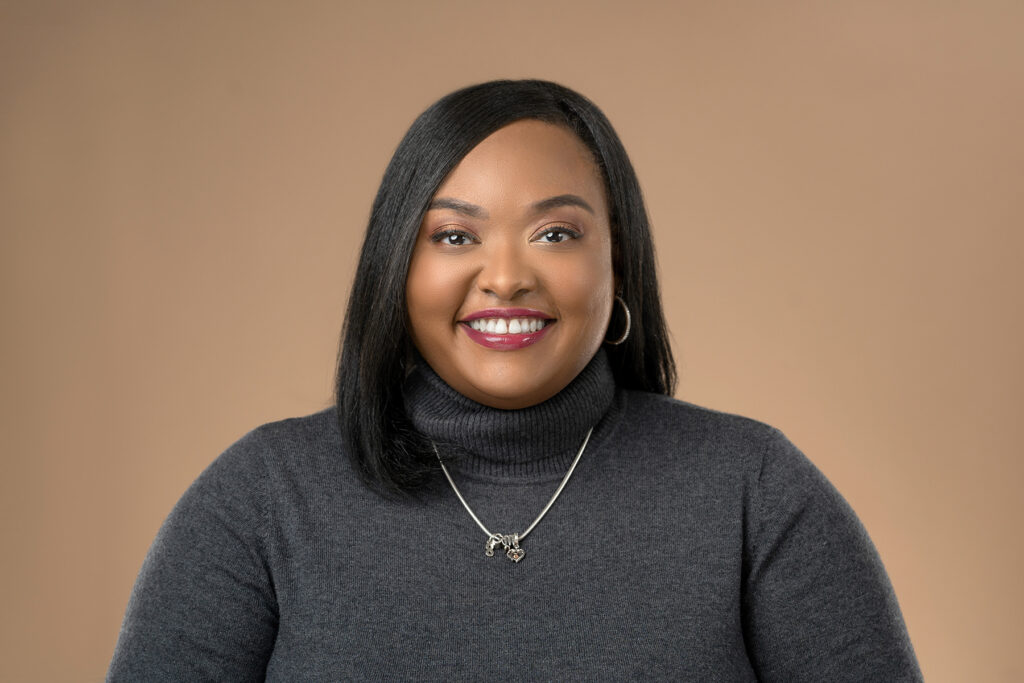
What impact does the background color have in headshots from a psychological perspective?
Background color can drastically influence the viewer’s psychological reaction. For example, warmer colors can evoke emotions of energy and positivity, while cooler colors may convey calmness and trustworthiness.
Understanding of Color Symbolism
Consider the psychological underpinnings of color choices: blue, a hue synonymous with dependability and serenity, is an exemplary selection for those aiming to emanate trustworthiness and composure. Red, which can signify power and passion, must be utilized judiciously to avoid unintended connotations of aggression. Green, suggestive of growth and vitality, and gray, emblematic of neutrality, each carries distinct messages.
These emotional triggers are nuanced and can vary across different cultural landscapes. However, a strategic understanding of color symbolism can guide the selection of wardrobe and backdrop in a headshot to reinforce the narrative of one’s professional persona. As previously discussed in Styling for Success, the colors we use must be chosen to amplify the message we wish to convey.
The backdrop color in a headshot is equally pivotal. It can either underscore or undermine the subject’s intended portrayal. A lawyer, for example, might opt for a blue background to underscore attributes of trust and orderliness.
Contrast and harmony between the subject’s clothing and the background also play a crucial role in visual impact. A stark contrast can captivate and suggest dynamism, while a more subdued contrast might evoke approachability and warmth.
By harnessing the subconscious power of color, headshots can be crafted to resonate with viewers, marrying visual aesthetics with the individual’s professional aspirations. The strategic use of color, in concert with other headshot elements, can forge a compelling and psychologically resonant image.
Posture and Body Language: Silent Communicators
Posture and body language are the unspoken heralds of a person’s professional narrative, conveying authority and personality subtly. Even in the confines of a headshot, where only a portion of the body is visible, the influence of posture is profound.
An upright posture radiates confidence and energy, universally recognized as hallmarks of leadership and expertise. Consider the subtle power of squared shoulders, which project strength, or an upright spine, which signals alertness and readiness.
Conversely, a slumped posture may inadvertently communicate a lack of self-assurance or a more laid-back professional demeanor. It’s a delicate balance, as previously explored in Balance of Confidence and Approachability, to strike the right chord between relaxed and too casual, which could be misread as disengagement.
The head’s position also speaks volumes. A thoughtful tilt can suggest introspection and engagement, while an elevated chin might be read as prideful or, in some cases, unyielding, especially when paired with particular facial expressions.
While hands are often not included in a headshot, their placement can influence the subject’s overall posture. Hands-on hips, for instance, can suggest readiness and assertiveness, impacting the upper body’s stance and, thus the impression the photograph makes.
A skilled photographer specializing in business headshots plays a pivotal role in guiding individuals into poses that feel authentic and strategically embody the desired brand attributes through their posture and body language.
By aligning the subject’s posture with the overarching message of the headshot, the image projects an undeniable sense of authenticity and professionalism. This alignment is critical to crafting a first impression that resonates with viewers consciously and subconsciously.
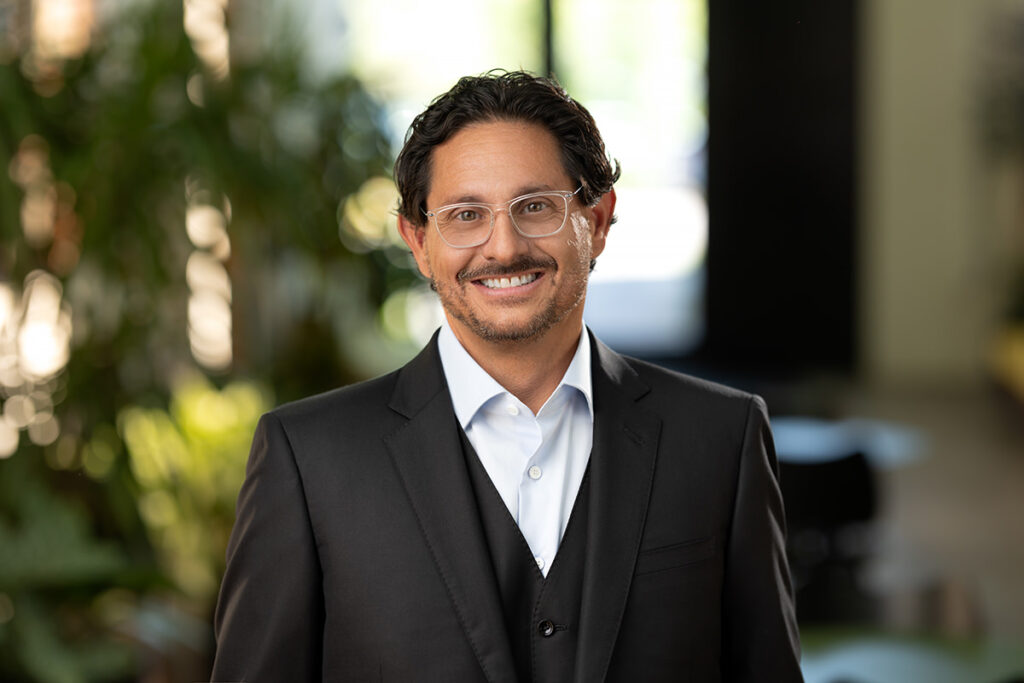
Eyes: The Window to Professionalism
In professional headshots, the eyes are not merely a facial feature but a conduit of connection, exuding intelligence, warmth, and resolve. The art of capturing the eyes in such a manner that they command attention while simultaneously inviting engagement is a delicate balance.
The concept of eye contact in a headshot extends beyond mere gaze; it fosters a rapport with the viewer, akin to the personal connection one feels in a face-to-face meeting. This illusion of direct interaction is established when the subject’s eyes meet the camera lens with intention.
A photographer’s expertise is evident in the ‘sparkle’ of the subject’s eyes—a catchlight that breathes life into the gaze, transforming it from a passive stare to an active engagement. This technique, which we’ve touched upon in the lighting section, is crucial for adding depth and vitality to the eyes.
Professionalism can also be subtly communicated through the openness of the eyes. A nuanced squint may suggest focus and determination, while overly narrowed eyes could inadvertently imply distrust. Conversely, eyes that are too wide may unintentionally signal surprise, undermining the desired portrayal of composed expertise.
Ensuring the eyes align with the individual’s professional narrative is essential, as discussed in the section on microexpressions. While authenticity remains non-negotiable, understanding the psychological impact of the eyes can significantly enhance the headshot’s effectiveness.
Moreover, grooming and makeup should accentuate the eyes without overshadowing their natural expression. The aim is to underscore the individual’s genuine professional demeanor, allowing the eyes to articulate their story.
The eyes serve as a potent symbol of professionalism in business headshots, offering insight into the subject’s persona and fostering trust and confidence in their professional capabilities.
Styling for Success: The Psychology of Appearance
The attire and accessories selected for a business headshot are more than mere fashion choices; they are strategic tools that shape the psychology of one’s professional image. These elements are integral in manifesting the values and attributes one aims to project in the business arena.
The silhouette and structure of clothing can communicate a spectrum of traits, from the precision of a well-tailored suit symbolizing leadership to the relaxed vibe of casual wear hinting at creativity. The former may resonate with traditional corporate environments, while the latter could be more aligned with innovative or informal business cultures.
When chosen wisely, accessories can enhance the headshot with a touch of finesse. However, restraint is advisable, as excessive adornment can clutter the frame and distract from the intended message.
The psychological impact of color in attire, previously explored, is also pivotal in styling. Selecting hues that flatter and evoke the desired emotional response is a strategic move.
As discussed in prior sections, the importance of a consistent personal brand must be balanced. The style manifested in a headshot should reflect the individual’s brand, resonating with their established professional presence across various platforms.
Grooming, too, plays a role in the narrative. A polished look can suggest meticulousness and dependability. At the same time, a more relaxed style might be perceived as a lack of attention to detail—unless such an impression aligns with the creative ethos of specific industries.
To conclude, the psychology behind styling for business headshots is about crafting an authentic and unified image that resonates with the viewer and reinforces the subject’s professional aspirations.
Setting the Scene: Context in Headshots
The backdrop of a professional headshot subtly yet significantly influences the narrative perceived by the viewer. A backdrop can range from a minimalist solid color to a dynamic office setting or an abstract composition, each telling a different story about the subject’s professional identity.
Opting for a plain background, with hues from stark white to deep black, conveys a sense of straightforwardness and ensures the viewer’s attention remains fixed on the subject. This simplicity is often associated with a professional and unbiased presentation of oneself.
Conversely, a backdrop that reflects the subject’s work environment or industry can add depth to the professional’s story. For instance, an executive may choose a city skyline to symbolize their influence and ambition, while an academic might prefer the intellectual ambiance of a library setting.
The design of the background must be chosen with care, as it can affect the mood and tone of the headshot, much like the strategic use of lighting discussed in previous sections. The background should complement the subject, ensuring that the lighting and setting work in tandem to maintain focus and balance.
Professional photographers excel in creating a scene that enhances rather than detracts from the subject. They skillfully navigate the fine line between a background that tells a story and one that overwhelms the viewer with unnecessary detail.
As with the elements of color and attire discussed earlier, the chosen backdrop should seamlessly integrate with these aspects to present a unified and coherent narrative. When executed well, the setting of a headshot enriches the personal branding and amplifies the professional’s image, reinforcing the psychological impact of the visual message.
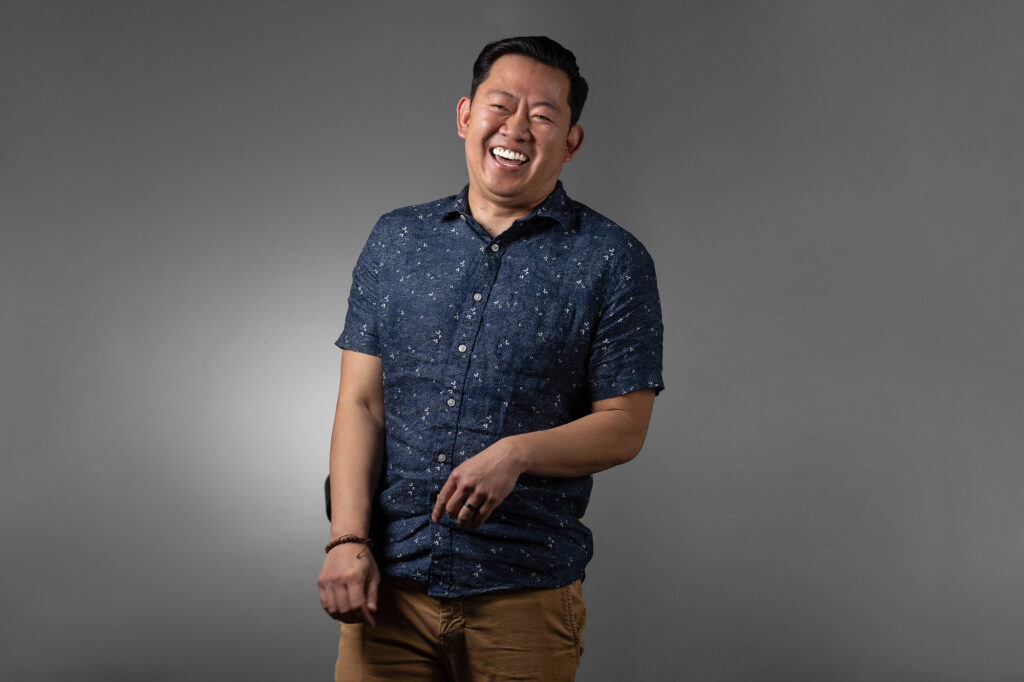
Can a headshot affect personal branding, and if so, how?
Absolutely. A headshot can shape personal branding by providing first impressions. An effective headshot communicates professionalism, trustworthiness, and friendliness, enhancing a person’s brand.
Consistency and Authenticity: The Hallmarks of Trust
In professional headshots, the twin principles of consistency and authenticity are vital in fostering trust. A headshot that embodies these elements reassures viewers of the subject’s dependability and accurate portrayal of their professional persona.
Maintaining a uniform image across various digital and print mediums, such as LinkedIn profiles and business cards, establishes a recognizable brand that breeds confidence. As previously noted, this consistency fortifies brand recognition and cultivates a sense of trust through familiarity.
Authenticity transcends mere accuracy; it captures the essence of the subject’s character and professional ethos. When a headshot reflects the individual’s true nature, as encouraged in sections on facial expressions, its genuineness resonates with viewers. An authentic headshot promises that the person they see is the same individual they will encounter professionally.
A headshot that marries consistency with authenticity eliminates confusion and distrust that may arise from a mismatch between online personas and in-person interactions. It also steers clear of any insinuation of deceit or insincerity that could damage the professional’s reputation.
The psychological reassurance provided by a headshot that integrates these critical elements is profound. In an era where digital introductions precede face-to-face meetings, the trust inspired by a consistent and authentic headshot is invaluable. It lays the groundwork for future engagements and sets the tone for the ensuing professional rapport.
Embracing consistency and authenticity in headshots is a strategic move towards nurturing one’s professional image and the relationships it will engender. By prioritizing these elements in their visual representation, professionals build a foundational trust crucial for thriving business relations.
Lighting: Shaping Perceptions Through Shadows and Highlights
In professional headshots, lighting is not merely a technical necessity; it is an artistic tool that sculpts the subject’s image, influencing perceptions with its subtlety. The dance between shadow and illumination can transform a photograph, casting the subject in a light that either enhances or detracts from their desired professional persona.
Achieving the perfect balance in lighting is paramount. A soft, even glow can erase blemishes and envelop the subject in a welcoming aura, often accomplished with sophisticated softboxes or by harnessing the gentle caress of natural light. Such lighting is conducive to a friendly yet professional demeanor, a quality highly prized in business settings.
On the flip side, stark lighting can create stark contrasts, crafting an image with a more avant-garde or assertive edge. While this may resonate with creative professionals, it typically strays from the composed and reliable image that corporate professionals aspire to project.
Consider how lighting can play a pivotal role in shaping perceived age, emotional state, and even wellness. Optimal lighting can imbue a portrait with youthful exuberance and energy, while suboptimal lighting might inadvertently accentuate signs of age or suggest a lackluster vitality.
The direction from which light falls upon the subject also deserves careful consideration. Take, for instance, the classic Rembrandt lighting technique, which can infuse the photograph with a sense of gravitas and depth, qualities that can be particularly flattering for seasoned professionals.
Moreover, the sparkle of catchlights in the eyes, a detail previously explored, is essential for injecting life into the subject’s gaze, fostering a sense of connection with the viewer. The strategic placement of lighting to achieve this effect is a testament to the photographer’s skill and attention to detail.
Ultimately, the lighting should underscore the subject’s intentions for their headshot, harmonizing with their expression, posture, and attire rather than overshadowing these elements. Skillful lighting can subtly signal competence, dependability, and professionalism, enhancing the subject’s professional narrative through visual means.
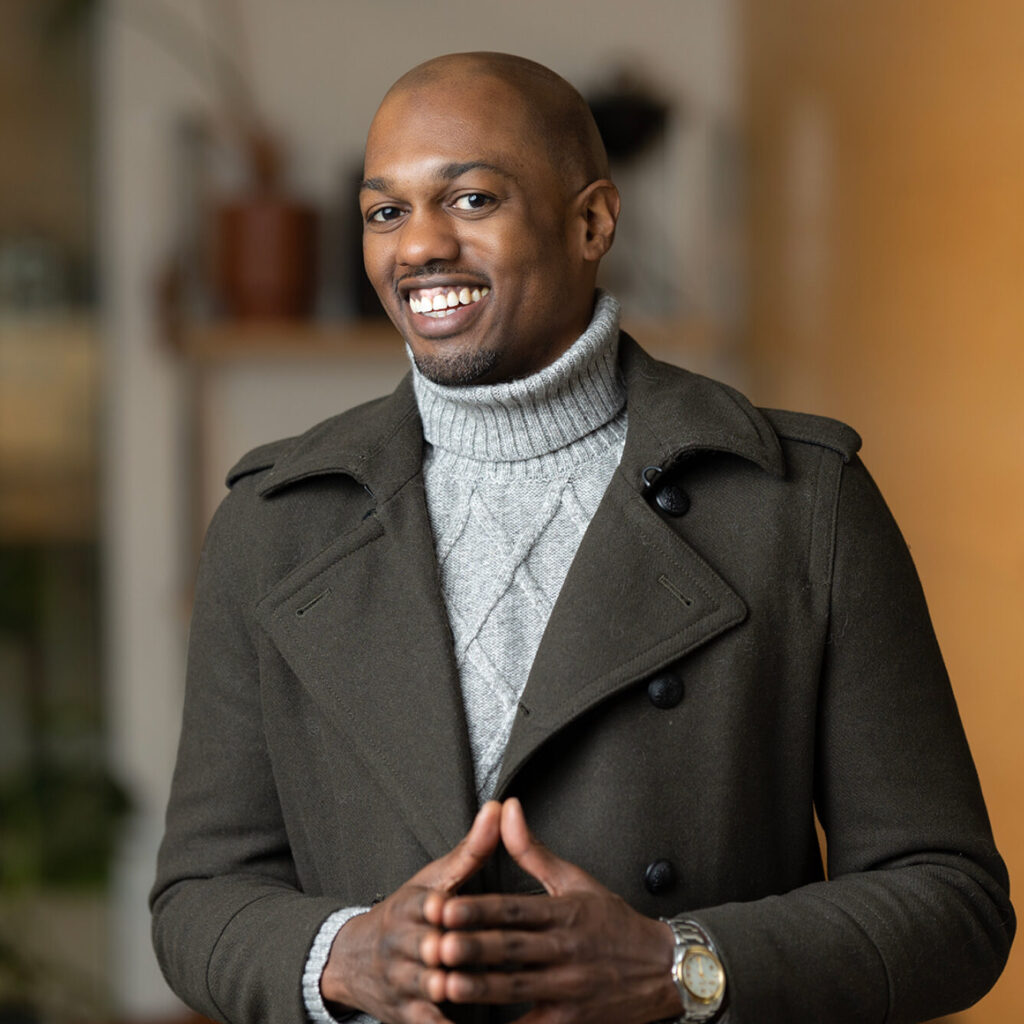
Engaging the Viewer: Composition and Essence
The artful composition of a headshot is a silent symphony that guides the viewer’s gaze, orchestrating an engagement with the subject’s professional narrative. It encompasses the deliberate arrangement of the subject within the frame, the thoughtful selection of background elements, and the nuanced inclusion of attire or props, all working together to capture the subject’s essence.
Adhering to principles of visual harmony, a well-composed headshot uses space and positioning to anchor the viewer’s attention. Employing the rule of thirds, the photographer might position the subject’s eyes or face along the grid’s intersecting lines, creating an organic focal point that feels intentional and effortless.
The decisions surrounding cropping and framing are instrumental in crafting the photograph’s intimacy. A close crop can amplify the subject’s presence, drawing the viewer into a more personal space where expressions and subtle cues take center stage, as seen in the section on facial expressions.
Angles hold their language, conveying different facets of the subject’s persona. A head-on shot suggests transparency and forthrightness, while an angled stance can introduce a dynamic element to the composition, echoing the insights from discussions on posture and body language.
To capture the subject’s essence, the photographer must transcend technical prowess, fostering a rapport that allows the individual’s character to permeate the photograph. Through this genuine connection, the essence—a confluence of personality, profession, and presence—becomes palpable.
A headshot’s composition and essence initiate a visual dialogue with the viewer, akin to a nonverbal introduction. A meticulously crafted headshot thus transcends its function as a mere image; it becomes an indispensable conduit for professional engagement, beckoning the viewer to step into the subject’s world.
Ready to make a lasting impression? Book Your Session today.





